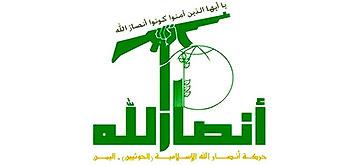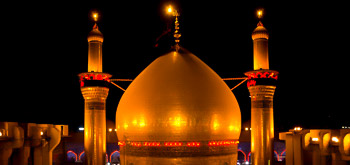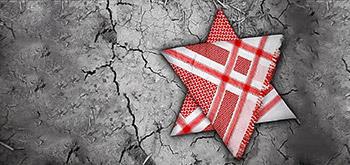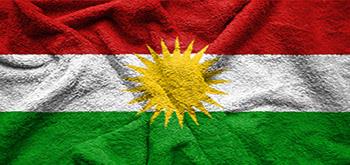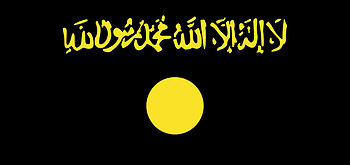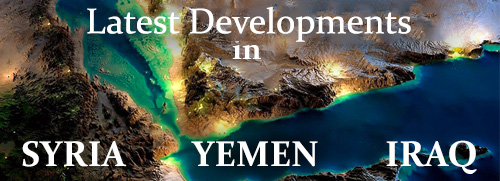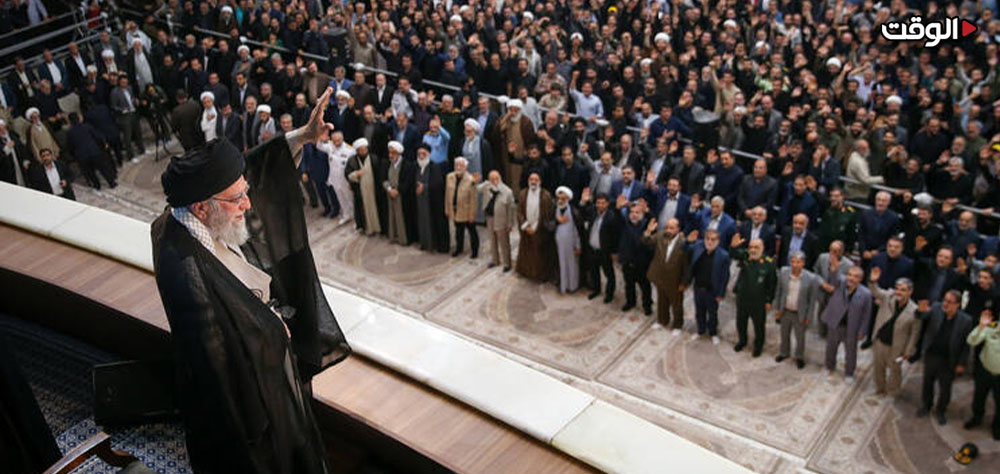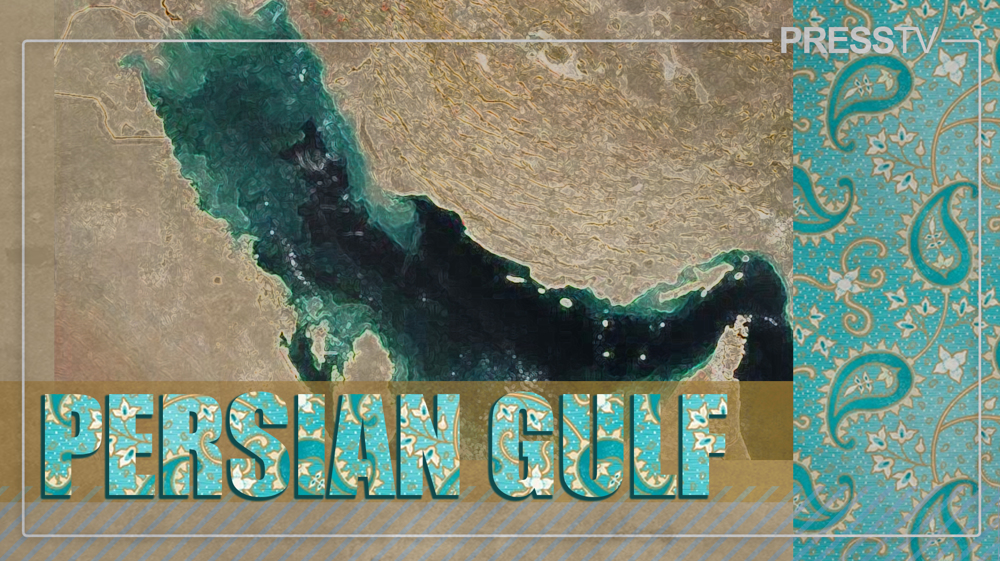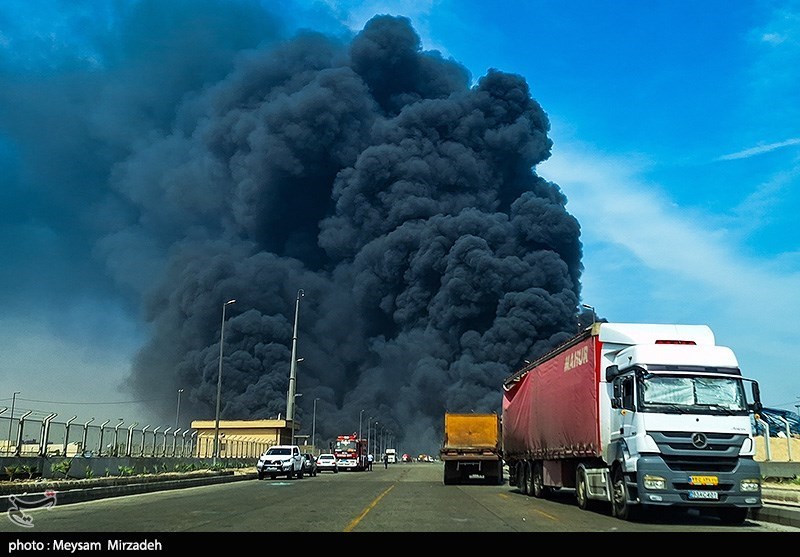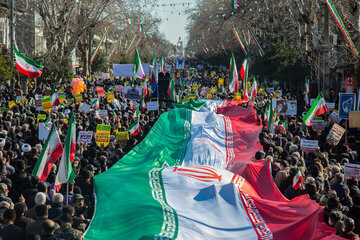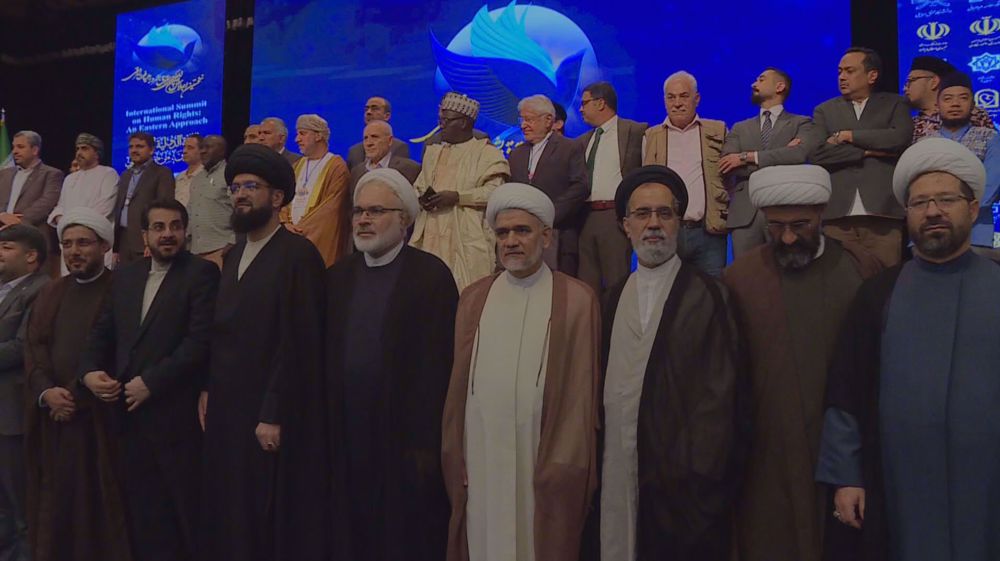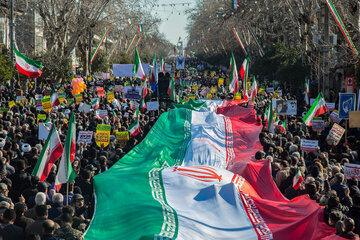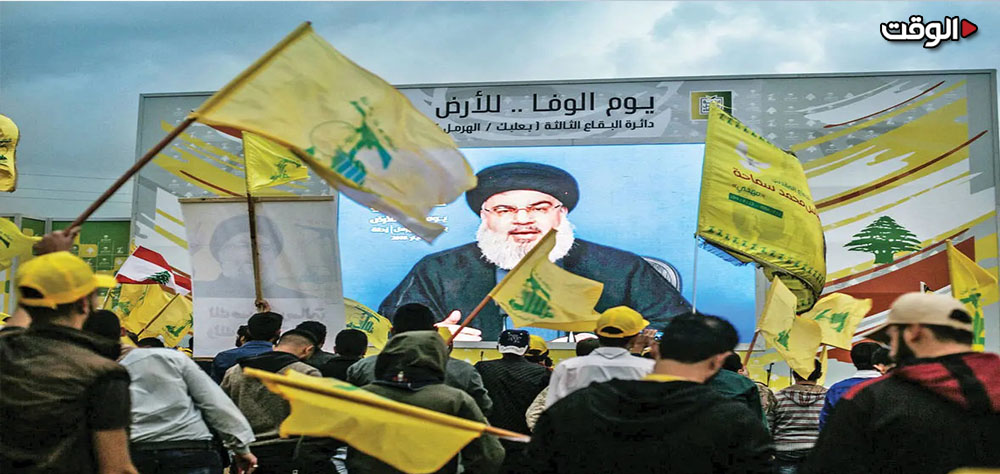Alwaght- In the middle of the second half of 20th century, a great event occurred that changed the geometry of the time's bipolar international system and raised a new civilizational voice to the contemporary humanity in the middle of the two struggling discourse fronts of communism and liberalism.
The significant event in question was the Islamic Revolution of Iran, spearheaded by Imam Khomeini. From the outset, Imam Khomeini aimed to serve as a messenger of religious moral values, anti-imperialism, dignity, self-confidence, justice-centered governance, and the pursuit of independence.
Taking an inspiring approach, Imam Khomeini showed that the will of people and belief in divinely causes can beat all the military and political strength of the imperialist powers.
This inspiration made the victory of the Islamic Revolution in 1979 a turning point in political developments and Islamic resistance in the region.
This revolution, which triumphed regardless of the military dominance of the oppressive Pahlavi regime and the full support of the US, inspired Islamic resistance movements that rose up to fight against the occupation and hegemony of the Israeli regime.
Groups such as Hezbollah in Lebanon, Hamas and Islamic Jihad in Palestine, and Ansarullah in Yemen benefited from the teachings and strategies of this revolution and embarked on the path of resistance by emphasizing independence, resistance, reliance on the power of the people, and religious teachings.
Now, as the train of the Islamic Revolution reaches its forty-sixth station with great power, despite all the pressures and challenges from the enemies over the past four decades, the anniversary of Daheyeh Fajr (ten days from arrival of Imam Khomeini in Iran to collapse of the Pahlavi monarchy in Iran) has coincided with the great victory of the resistance in Gaza and the humiliating defeat of the Israeli occupation regime in the war, once again showing the righteousness of the Islamic Revolution-inspired strategy of resistance to uproot the eliminate occupation.
Islamic Revolution and resistance groups: From ideological convergence to practical support
One of the founding pillars and fundamental goals of the resistance discourse deriving from the Islamic Revolution is to confront the Israeli regime and, consequently, support the Palestinian and non-Palestinian militant groups that are taking this path.
In the first days of the victory of the Islamic Revolution, the Israeli regime’s embassy in Tehran was closed and the Palestinian embassy was opened in its place. Also, Imam Khomeini in a historic and lasting move named the last Friday of the holy month of Ramadan as Quds Day to introduce support for the Palestinian cause as a religious and political duty for all Muslims in the world.
Shortly thereafter, Iran played a key role in equipping and training Palestinian forces by establishing the Quds Force and expanding resistance networks. During this period, the banner of armed struggle, which had been abandoned due to the inclination of some Palestinian movements towards the compromise agreements in Oslo and Camp David, was raised again by Islamic resistance groups, and in this way a brilliant chapter in the historical struggle of the Palestinian people against the occupation was born, which was accompanied by advances in missile technologies and indigenous anti-armor rockets, and the construction of a complex network of tunnels.
Hamas and Islamic Jihad who are recognized as the resistance forces, were inspired by the Islamic Revolution of Iran. This inspiration caused the Palestinian resistance discourse, which earlier had a nationalist nature due to influence from nationalist and Marxist ideologies, to undergo major change and the Islamic resistance rise to existence with such prominent figures as Sheikh Ahmad Yassin, Abdulaziz al-Rantisi, and Fathi Shaqaqi.
This model adoption also took place in Lebanon, too. After occupation of Lebanon in 1982, the Islamic Revolution of Iran and the successful leadership of Imam Khomeini played a pivotal role in guiding the thoughts and ideas of Hezbollah’s founding figures such as Sheikh Sobhi Tufili, Seyyed Abbas Mousavi, Ibrahim Amin, and Seyyed Hassan Nasrallah to organize Islamic resistance in this country. The Lebanese Hezbollah, which was formed under the influence of the teachings of the Islamic Revolution, was able to create a force resistant to the Israeli occupation using Imam Khomeini’s model.
In the 1980s, Hezbollah's founding leaders established close ties to the leaders of the Islamic Revolution in Iran, which played an important role in the formation and development of Hezbollah.
Sayyed Hassan Nasrallah, the late Secretary General of Hezbollah, traveled to Iran for the first time in 1981 or 1982 and met with Imam Khomeini. In 1986, he and other Hezbollah members again met Imam Khomeini. His last meeting with Imam Khomeini was a few months before the latter's death, during the conflict between the Amal Movement and Hezbollah.
Hezbollah leaders have always emphasized on following the line of thought of Imam Khomeini. Nasrallah said in this regard: "In our opinion, Imam Khomeini is a religious authority, an imam, and a leader in every sense. He is the symbol of the revolution against the tyrants, arrogant powers, and authoritarian regimes."
In 1982, after Israel invaded Lebanon, Hezbollah was formed in Lebanon. With an ideology similar to the Islamic Revolution and the leadership of Nasrallah, this group became one of the main political and military players in Lebanon.
When Hezbollah was founded, in a statement introducing its nature it said: “We are the children of Hezbollah, which God has ushered in in Iran to establish the initial core of the Islamic rule in the world again.”
With the support of Iran, Hezbollah managed to force Israel to retreat from southern Lebanon in 2000. Also, in the 33-day war of 2006, Hezbollah stopped the advance of the Israeli army using modern weapons and tactics. Hezbollah now has an arsenal of short and medium-range missiles, and drones, which are capable of striking deep into Israel.
Another Islamic land where the seed of resistance discourse was planted with the victory of the Islamic Revolution and has now grown into a strong tree is Yemen. The Yemeni Ansarullah movement is strongly inspired by the pro-independence and resistance spirit of Imam Khomeini.
Hussein Badr al-Din al-Houthi, the son of Badr al-Din al-Houthi, a prominent Yemeni Zaidi leader, traveled to Iran in the 1980s. During this trip, which lasted about 18 days, he met with Iranian and Iraqi academic figures and was influenced by the Islamic Revolution and the personality of Imam Khomeini (RA).
After returning to Yemen, al-Houthi, along with a group of Zaidi youth, founded an organization called "Al-Shabab al-Mu'min" (Believing Youth) in 1990. The goal of this organization was to focus on teenagers and distance them from destructive thoughts and to confront the influence of Wahhabism among the Zaidis.
This organization was later renamed to Ansarallah and became one of the most important political and military movements in Yemen. Inspired by the Islamic Revolution in Iran and the thoughts of Imam Khomeini (RA), Ansarallah fought against foreign influence and defended the rights of the Zaidis. In Ansarallah's view, there is no issue more important or comprehensive than the Palestinian cause and the rejection of American hegemony, and on this basis, they have raised slogans such as "Allahu Akbar, death to America, death to Israel, and may Islam be victorious."
From 2004 to 2010, Ansarallah led six wars. These six wars were waged from Sanaa by President Ali Abdullah Saleh and with the support of Saudi Arabia and even the Americans. Popular advocacy was the reason for Ansarallah's resistance in these six wars. Popular support is one of the main characteristics of the Ansarallah revolution.
In general, here are the most important common characteristics of resistance groups' inspiration from the Islamic Revolution:
Belief in armed struggle against occupation: Like the Iranian revolution that insists on no compromises to the tyranny, these groups find the armed struggle as the best option against the Israeli occupation, regardless of Tel Aviv’s military supremacy.
Relying on the power of faith and divine help and confronting foreign interference: The fundamental difference of monotheism-based revolutions with others is that the leaders of these revolutions find their revolution as duty-oriented rather than result-oriented. One of the factors that we can suggest to be inspired by the Islamic Revolution of Iran is the monotheistic nature of the resistance groups.
Developing weapons and missile power: Inspired by Iran and Hezbollah experience, these groups managed to develop their military power and tip the scales of power against the enemies.
Relying on popular forces and social mobilization for resistance: Just as the Islamic Revolution relied on the support of the masses for religious leadership to win, these groups were also able to gain widespread support from Palestinians and Arabs and Muslims in other countries by bringing charismatic religious figures to the fore and relying on Islamic themes in their struggle for the liberation of the land.
Operation Al-Aqsa Storm epitomized the Islamic Revolution discourse
On October 7, 2023, a great quake rattled the occupied Palestinian territories, the region, and the world.
Operation Al-Aqsa Storm managed to jolt all the foundations of the Israeli regime in an unprecedented way, and the Palestinians, without the help of any Arab country, managed to inflict the greatest security and prestige defeat on Israel.
This operation demonstrated the successful use of Imam Khomeini’s combat strategies by the resistance groups. The operation proved falsehood of the myth of invincibility of the Israeli army and showed that by relying on faith, will, and precise planning, an enemy with superior military power can be defeated.
Conclusion
The Islamic Revolution presented a modern model of resistance resting on non-comoromise, reliance on popular power, and faith in victory of right over the evil. This model was entrenched among the resistance groups in the region and bolstered the anti-Israeli struggle. Hezbollah, Hamas, the Islamic Jihad, and Ansarallah are examples of groups that upgraded resistance to levels beyond imagination of enemies using Islamic Revolution's teachings and strategies. Without any doubt, the legacy of Imam Khomeini in fighting oppression and imperialism remains inspiring pro-freedom fighters around the world.



